As you drive through your neighborhood during the spring, you’re sure to spot a beautiful, shiny orb perched on a pedestal or placed in the middle of a garden bed. It’s hard to believe, but these lovely lawn decorations have a long and unique history. From the royal courts to the parlors of Victorian houses to your own backyard, this article will follow the unexpected story of garden gazing globes.
What is a Gazing Globe?
First things first, what is a gazing globe? Also known as gazing balls, mirror balls, or yard globes, a gazing globe is a mirrored sphere that is used as a unique lawn decoration. They are normally placed on a pedestal stand to make sure they are visible from a distance. These decor pieces are available in a variety of sizes, but typically range between 10 to 12 inches in diameter.
The History of Gazing Globes
The first gazing globes were created in Venice during the 13th century. Italian artisans were renowned for their glassblowing skills and used them to create colorful glass spheres for the nobility to display in their homes as a symbol of their wealth. In fact, one of the early fans of these gazing globes was King Ludwig II of Bavaria (later known as “Mad King Ludwig”). The Mad King was an avid admirer of fine art and was mesmerized by the beautiful spheres. He began to display them in a number of places throughout the royal grounds. He would place them on pedestals, float them on the surfaces of ponds, and even hang them from tree branches. In fact, some historians claim that the Mad King’s fascination with these baubles led to the invention of modern Christmas tree ornaments.

Early gazing globes also appeared to serve a more supernatural purpose. Another nickname for gazing globes is “fairy balls” or “witch balls”. While the history accounts are a bit fuzzy, it appears that these globes were placed outside a home to welcome friendly creatures like fairies to the home while also repelling evil spirits like witches. The pretty color and shiny surface was said to charm fairies to come and visit. However, when a witch looked into the globe and saw her own ugly reflection, she would be frightened away.
As time passed, the Victorians fully embraced gazing globes as a fun bauble for their gardens, but they also found some more practical uses for the shiny orbs. At this time, the gazing globe earned yet another new nickname, “butler balls”. By placing a globe on the sideboard, a butler could stand outside the dining room and watch the meal progress through the shiny reflection of the orb. This way, they knew whenever a guest needed his glass refilled or his plate cleared.
In the early 20th century, these globes made their way to the southern part of the United States. Southern parents also took note of the shiny reflective surfaces of these orbs. Like the Victorians before them, they also found an indoor use for them and placed them in their parlors. This allowed them to keep an eye on their children and their suitors while they were courting.
Gazing Globes Today
Today gazing globes are available in a number of materials including glass, metal, and plastic. Glass gazing globes capture the beauty of the original gazing globes with a stylish and delicate design, however, modern metal and plastic gazing globes provide the benefit of durability and are less likely to shatter if the dog accidentally knocks over the stand when running through the yard. They are available in a rainbow of colors and there are now unique molded and mosaic designs to choose from to add style to any location. Another modern addition is a stem, this stem helps keep the globe more securely in place in a stand. Some models even include an LED light so everyone can enjoy the globe’s beauty even after the sun sets.
Although there is a wealth of material, style and color choices available, the classic design of gazing globes has remained the same throughout its strange history. Just like the kings and noble women of the past, you can still add a touch of charm and color to your garden with these beautiful decor pieces. Plus, you can always still use them to keep an eye on your teenager’s new date.
For more fun ways to add color and style to your home, check out our other Outdoor Living blogs.
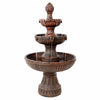
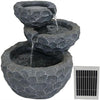
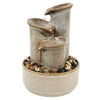

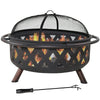
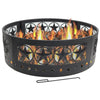

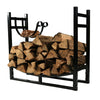
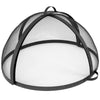
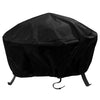
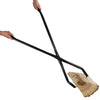
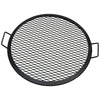
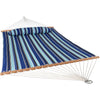
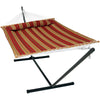


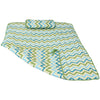
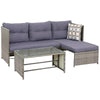
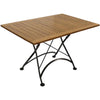
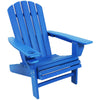
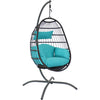

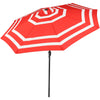
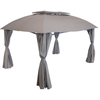

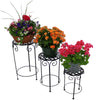
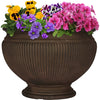
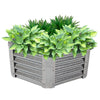
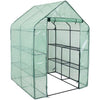
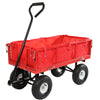
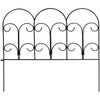
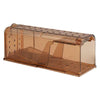
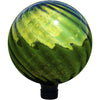
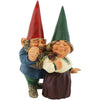

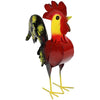
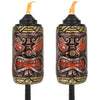

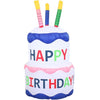
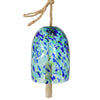

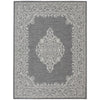

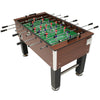
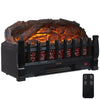
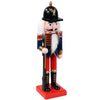
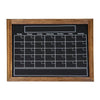



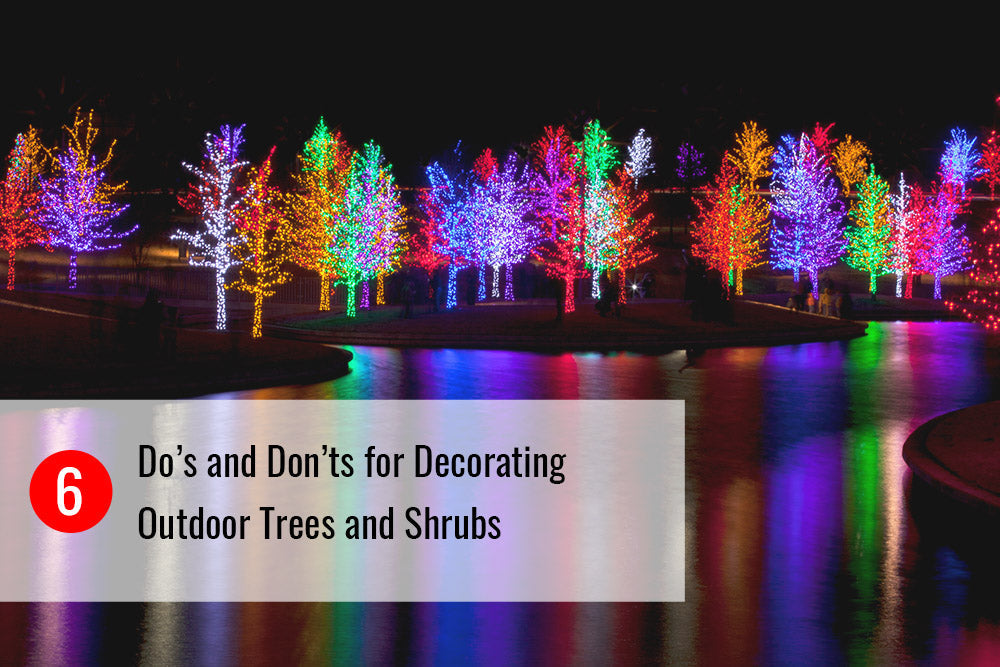










1 comment
Cheryl
Such interesting history of gazing globes in this blog. I will pleasantly never look at one the same way again! Thanks for sharing.